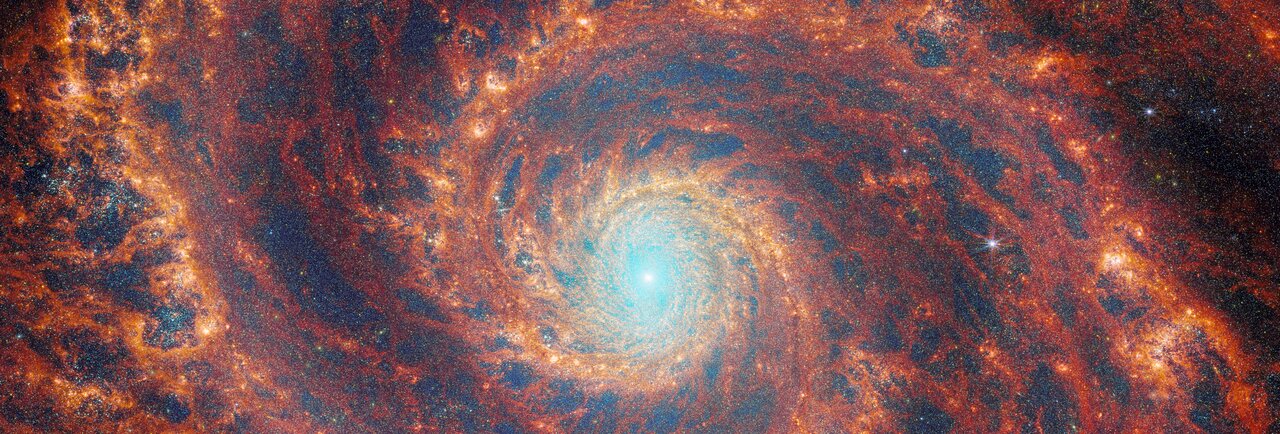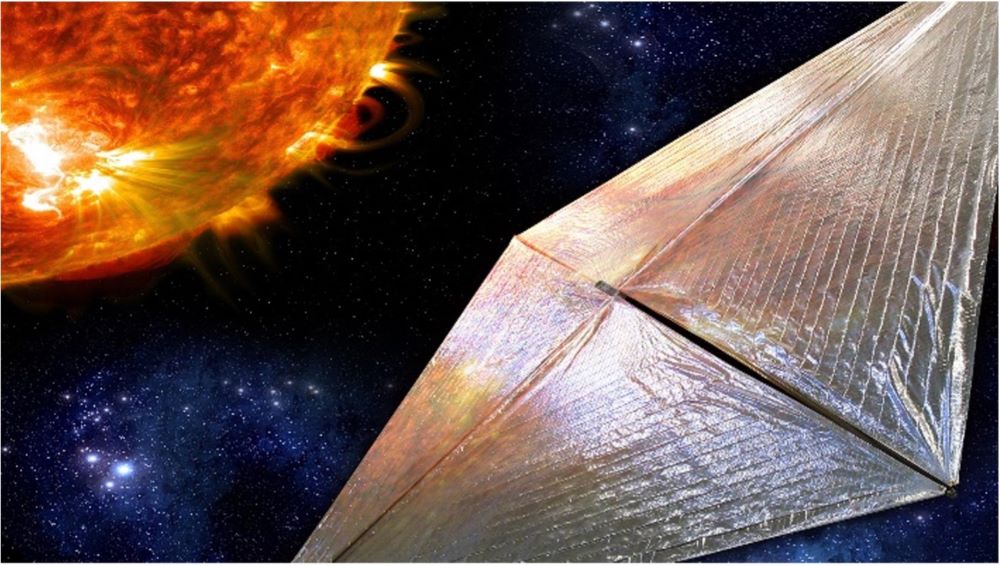While the surface of the Moon has been mapped in incredible detail over the last several decades, one region has eluded orbital cameras due to the lack of sunlight, which are aptly called the permanently shadowed regions (PSRs) of the Moon. However, two cameras operating on two different lunar orbiters have recently worked in tandem to produce a stunning mosaic image of the lunar south pole’s Shackleton Crater, a portion of which resides directly on the lunar south pole and whose depths have been shrouded in complete darkness for possibly the last few billion years. As a result, scientists hypothesize that water ice could have accumulated within its dark depths that future astronauts could use for fuel and life support.
Continue reading “The Darkest Parts of the Moon are Revealed with NASA’s New Camera”The Darkest Parts of the Moon are Revealed with NASA’s New Camera










